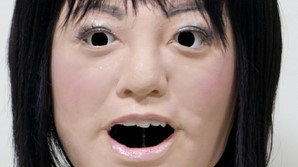It is a phenomenon, that all of a sudden recording techniques are popular again that seamed to be dead (for good reasons). With the rise of 3D-Audio, 1st order Ambisonics recording techniques are in the game again and everything we learned about them in the last 40 years seems to be forgotten...
Why didn't we like coincident techniques very much for certain applications, in particular for spatial recording? Yes, it's because they sounded boring in comparison to spaced techniques. The reason is simple: the signal was quite Mono, i.e. the signal separation was poor. Now, as we're adding one more dimension to the stereo sound field, this is even more disadavantageous.
Good old Stereo with the laws of level and time differences can be much better than 1st order Ambisonics, because it creates sufficient signal separation which can enable a proper imaging and a wonderful spatial quality.
However, in VR the storage and transport format is Ambisonics, mostly HOA. Remember, HOA transports any sound field very well, if the order is high enough (>2). This means, there is no reason not to apply stereo techniques on virtual loudspeakers (and pan them to HOA with an Ambisonic Encoder).
Find my recent talk about 3D techniques with the analogy of the "Uncanny Valley of 3D-Audio" in these slides. Read more on the comparison between Stereo and 1st order Ambisonics in this article: "ORTF-3D": eine Mikrofontechnik für Atmoaufnahmen in 3D-Audio und VR





